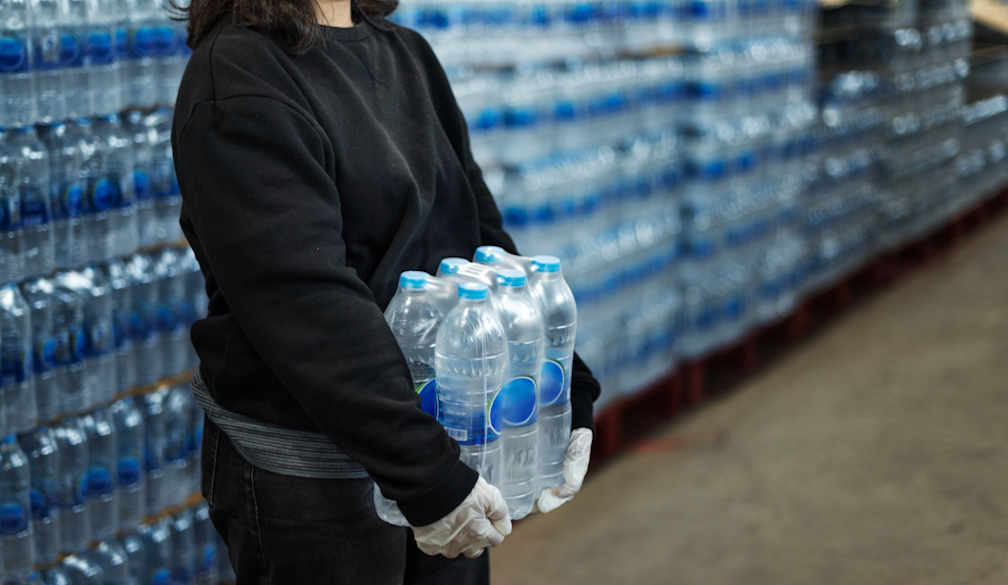Understanding Shrink Films for Packaging: What You Need to Know

In today’s fast-paced business environment, efficient and reliable packaging is more important than ever. One packaging solution that has gained widespread popularity across industries is shrink films for packaging. This versatile material offers excellent protection, enhances product presentation, and supports logistics efficiency. Whether you’re new to the concept or looking to deepen your knowledge, understanding how shrink films work and their benefits can help you make smarter packaging choices.
What Are Shrink Films for Packaging?
Shrink films are a type of plastic film that shrinks tightly over an object when heat is applied. Typically made from materials such as polyethylene (PE), polyvinyl chloride (PVC), or polyolefin, shrink films wrap products securely, conforming closely to their shape. The shrinking process not only protects the contents but also gives the packaged product a clean, professional appearance.
The ability of shrink films to mold snugly around items makes them ideal for bundling multiple products, stabilizing pallet loads, or individually packaging items for retail. They are used in sectors ranging from food and beverage to pharmaceuticals, electronics, and consumer goods.
Benefits of Using Shrink Films for Packaging
One of the main advantages of shrink films for packaging is their exceptional protective qualities. The tight seal created by the shrinking process keeps products safe from dust, moisture, and tampering during transit and storage. This protection is crucial for fragile or perishable items that need to maintain quality until they reach the customer.
Shrink films also enhance product visibility. Unlike opaque packaging materials, many shrink films are clear or transparent, allowing customers to see the product inside without opening the package. This feature is especially valuable in retail environments where visual appeal influences purchasing decisions.
Another key benefit is cost efficiency. Shrink films are lightweight, which helps reduce shipping costs compared to bulkier packaging options. Additionally, the films require less material than traditional boxes or crates, reducing waste and lowering material expenses.
Different Types of Shrink Films for Packaging
There are various types of shrink films available, each suited to specific packaging needs. Polyolefin shrink film is popular because it is durable, puncture-resistant, and suitable for food packaging. It offers excellent clarity and is often preferred when product visibility is a priority.
Polyvinyl chloride (PVC) shrink film is another option known for its affordability and good shrinking properties. However, due to environmental concerns, its use has declined in favor of more eco-friendly alternatives.
Polyethylene shrink films are widely used for heavy-duty applications like pallet wrapping. They provide good moisture resistance and are relatively inexpensive, making them a common choice for industrial shipping needs.
How to Choose the Right Shrink Film for Your Packaging Needs
Selecting the best shrink films for packaging depends on several factors, including the type of product, required protection level, environmental considerations, and budget.
For fragile or high-value products, a thicker, more durable film that resists punctures and tears will be necessary. In contrast, simpler items might only require a lightweight film that offers basic protection and bundling.
Environmental impact is an increasingly important consideration. Many companies now seek recyclable or biodegradable shrink films to reduce their carbon footprint and appeal to eco-conscious customers.
Working with a knowledgeable packaging supplier can help you evaluate these factors and choose the right film type and thickness for your specific applications.
Applications of Shrink Films in Packaging
Shrink films are incredibly versatile and can be used in various ways to improve packaging efficiency. For individual products, shrink film can provide tamper-evident seals or keep items clean and secure. Bundling multiple products together with shrink film is common in industries like beverage and cosmetics, where multi-packs are popular.
Pallet wrapping is another widespread application, where shrink film stabilizes and protects stacked goods during transport. This use helps prevent shifting and damage while reducing the need for additional packaging materials like straps or stretch wrap.
Equipment for Applying Shrink Films
Applying shrink films for packaging typically requires specialized equipment known as shrink wrap machines. These machines come in different types, including handheld heat guns for small-scale use, semi-automatic machines for medium volumes, and fully automatic systems designed for high-speed production lines.
The machine heats the film after it’s wrapped around the product, causing it to shrink tightly. Choosing the right equipment depends on your packaging volume, product size, and budget.
Environmental Considerations and Innovations
While shrink films offer many advantages, environmental concerns about plastic waste have driven innovation in this area. Manufacturers now produce shrink films made from recyclable materials or those that biodegrade more quickly in landfills.
Sustainable shrink films not only help businesses meet environmental regulations but also resonate with customers who value eco-friendly practices. Switching to greener options is becoming a key part of many companies’ packaging strategies.
Conclusion
Shrink films for packaging provide a versatile, protective, and cost-effective solution for a wide range of products and industries. Their ability to conform tightly to items, combined with excellent clarity and durability, makes them an ideal choice for enhancing both protection and presentation.
Understanding the different types of shrink films, their applications, and environmental impacts can help businesses make informed decisions that improve packaging efficiency and customer satisfaction. By selecting the right shrink film and equipment, companies can streamline their packaging operations and support sustainable practices in today’s market.
Investing in quality shrink films today sets the stage for safer products, reduced waste, and stronger brand appeal tomorrow.







